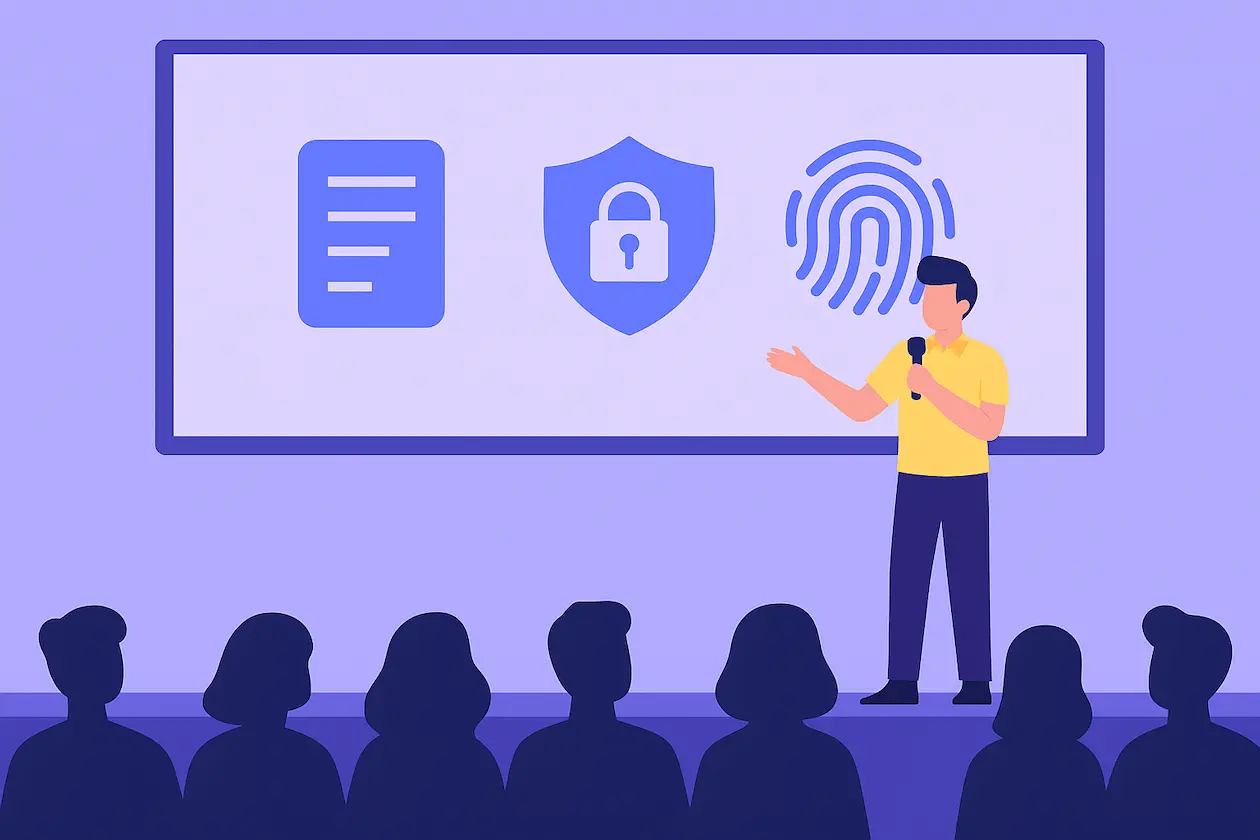Back to Blog
Tips for Answering Vendor Security Questionnaires
Justin Weddington
April 21, 2023
12 min read


Author
Justin Weddington
Justin has over 20 years of experience managing business technology risk for both large and small organizations across diverse industries. Justin has successfully developed and maintained IT Security: programs, policies and procedures, oversight and controls, strategy, architecture, development and training. He helps executives manage the chaos of protecting business operations through governance, risk, compliance and security program leadership.
Expert Security Solutions
Ready to Secure Your Business?
Identify vulnerabilities before attackers do. Our penetration testing services provide the insights you need to strengthen your security posture and protect your critical assets.
Schedule a Free Consultation